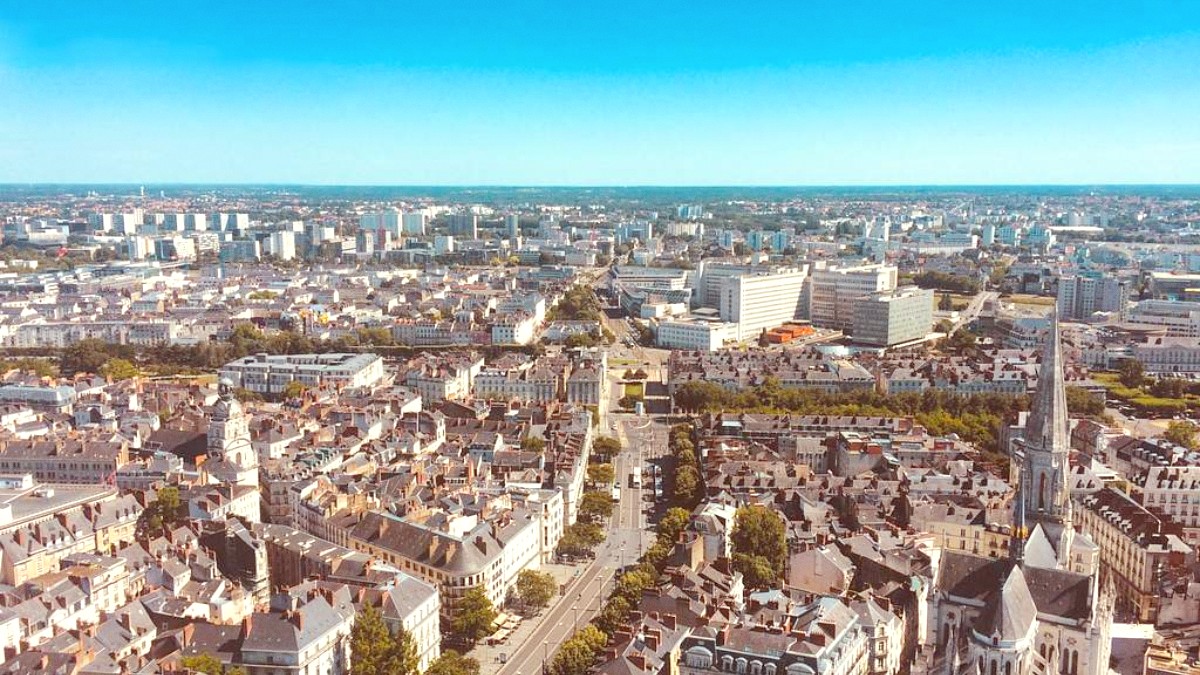
Southwestern France, France
The 20th and 21st centuries saw Nantes undergo urban renewal. Post-industrial areas, like the Ile de Nantes, transformed into cultural, art, and innovation hubs. The city consistently earns recognition for its quality of life and its forward-thinking approach to urban development and cultural initiatives. This blend of historic depth and modern dynamism positions Nantes as a compelling destination.
Nantes is a deep and complex history. It functioned as the capital of the Duchy of Brittany until 1532, when Brittany formally integrated into the Kingdom of France. This long period as a ducal seat left a lasting mark, visible in its architecture, notably the Château des Ducs de Bretagne.
A significant event in French history, the Edict of Nantes, was signed here in 1598 by King Henry IV. This decree granted substantial rights to Protestant Huguenots, ending the destructive Wars of Religion. The Edict represents a moment of religious tolerance and peace, a concept resonating with Nantes' modern identity.
Central European Time (CET) in winter, Central European Summer Time (CEST) during summer (UTC+1 in winter, UTC+2 in summer). Electricity uses Type E sockets, operating at 230V, 50Hz. Travelers from North America require a Universal travel adapter and possibly a Voltage converter for devices not designed for 230V. Most modern electronics (laptops, phone chargers) are dual voltage.
Nantes features a diverse economy. Food processing, digital technology, and healthcare are strong sectors. Tourism contributes significantly, supported by the city's cultural attractions and reputation.
Approximately 663,000 (2021 estimate). This city size offers a wide range of services and attractions without feeling overwhelmingly large.
French. Many people in the tourism industry and younger generations speak English, though a few basic French phrases improve local interactions.
Euro (€, EUR). Major credit cards are widely accepted throughout the city. ATMs are readily available.
Nantes Atlantique Airport (NTE). This airport connects Nantes to various European cities and functions as a point of entry for many international visitors. It sits south of the city center.
Upon arrival, consider walking along the Loire River banks. Observe the mix of historic architecture and contemporary art installations.
Nantes is a deep and complex history. It functioned as the capital of the Duchy of Brittany until 1532, when Brittany formally integrated into the Kingdom of France. This long period as a ducal seat left a lasting mark, visible in its architecture, especially the Château des Ducs de Bretagne.
This painful period of its past is openly acknowledged and commemorated through various memorials and museums, reflecting the city's commitment to remembrance and education.
The 20th and 21st centuries saw Nantes undergo urban renewal. Post-industrial areas, like the Ile de Nantes, transformed into cultural, art, and innovation hubs.
Nantes consistently earns recognition for its quality of life and its forward-thinking approach to urban development and cultural initiatives.
This blend of historic depth and modern dynamism positions Nantes as a compelling destination.
Plan your visit with this quick overview of Nantes.
The Loire River flows through the city, with several islands, including the Ile de Nantes, becoming significant urban development areas.
Green spaces and waterways are woven throughout the urban landscape.
The city's topography is relatively flat around the riverbanks, with some gentle hills.
This proximity to the ocean brings a mild, often damp, climate.
A significant event in French history, the Edict of Nantes, was signed here in 1598 by King Henry IV. This decree granted substantial rights to Protestant Huguenots, ending the destructive Wars of Religion.